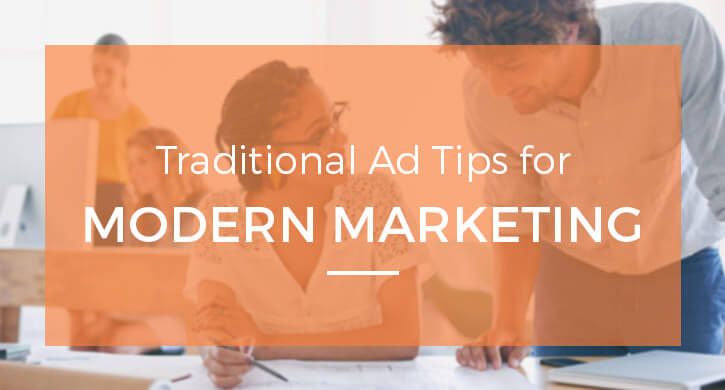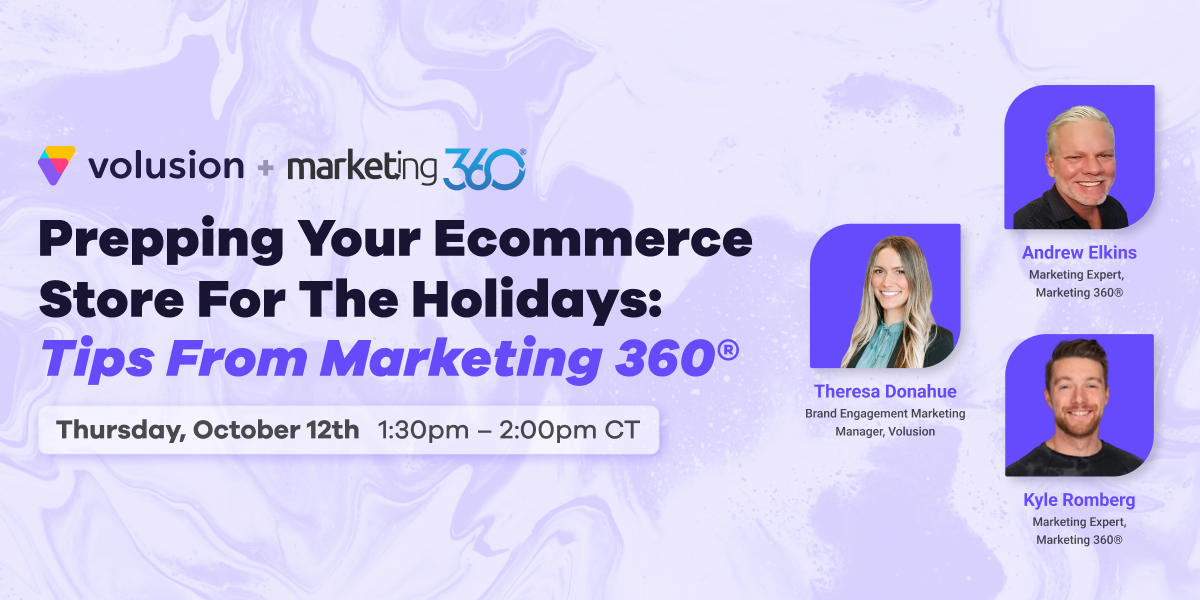
Not so long ago, the world was simpler. Google and Facebook weren’t in anyone’s vocabulary, CPC was an illegal substance and if you wanted to find a business, you used the yellow pages.
But before you start lamenting the past, we’re happy to announce that the days of billboards, magazine ads and even the yellow pages are still alive and well….kind of. Like nearly everything else, they’ve moved online, and this transition has made advertising more accessible and easier to measure than ever before.
Although the world of social media, display and search engine marketing can certainly be daunting, you likely have the basics taken care of. With this in mind and using some familiar marketing platforms, let’s look at how you can incorporate traditional media principles in your modern online marketing.
Traditional Advertising: Billboards
Billboard ads tend to be simple yet eye-catching. You don’t want a lot of text because drivers don’t have the time to take their eyes off the road. So, you must determine how to sell your product in a few words or a short sentence.Modern Billboards: Social Media
Social media marketing works similarly to traditional billboards. Facebook doesn’t even allow for more than 20% of your ad to be made up of text, and they’re downright strict with this rule. Depending on where you choose to display your ad on Facebook, you may be allowed to use supplemental text, but this is limited as well.Remember that your audience spends most of their time on social scrolling, whether they’re looking at a feed on Facebook, Instagram, Twitter or Pinterest. Present them with compelling images that quickly represent your brand and product offering.
Why Social Media Ads Are Even Better
One of the best parts of social media is the ability to define your audience. With a billboard, you try to match the right location and with the right message. But with social media, you can select who sees your ad. Facebook allows for very specific targeting that can deliver your ads to those who have made similar online purchases, state defined interests or who have experienced a variety of recent life events.The ability to choose your audiences so precisely means that your ad needs to be very specific as well. Creating several audience groups and ads that appeal directly to each one results in the most interaction. However, the more specific you make your audience, the smaller it will be. So, make sure you’re targeting the right people, without going overboard.
Traditional Advertising: Magazine Ads
While billboards certainly receive a huge number of impressions, magazines have the benefit of targeting the interests of their readers. Car parts are shown to people reading auto magazines, makeup ads for beauty readers, kitchen gadgets for culinary magazines readers and so on.Modern Magazines: Display Ads
Display ads allow you to reach your proven demographic through websites they’re already visiting. Whether it’s the online version of a long-running magazine, the latest blog or a website specific to a hot topic, people spend a lot of time online catching up on their interests.Display ads are usually part of a network. In these situations, a company has established a partnership with a large number of websites, with each website categorized by its content. You can create ads to be shown in the margins of websites or even within the content itself. The ad provides a quick and easy link to your site, delivered directly to the audience of your choice.
Why Display Ads Are Even Better
One of the primary uses of display ads is remarketing. Remarketing ads target people who have already visited your site. In addition to specific categories of sites where you want your ads shown, you can also specify who should see your ads. This could mean established customers who have already made purchases, people who have abandoned their carts or visitors to your site who never converted. These are the ads you see after visiting a site, when the item you were browsing seems to follow you around the internet.There are still opportunities to contact individual sites and set up advertising plans to ensure your ads are seen by all of their visitors. However, when you work with an ad network, your ads will be shown on a variety of websites and you’ll only have to do the setup once.
Traditional Advertising: The Yellow Pages
Even in their prime, the yellow pages weren’t seen as much of an advertising platform. When someone had a need and wasn’t quite sure who to call, they might try their luck, and pick a name out of the book. But for the most part, they were an all-inclusive rolodex – to refer to yet another tool of the past.Modern Yellow Pages: Search Engine Advertising
While the yellow pages may not be the first thing that comes to mind when you think about advertising, they do hold a lot of power. Customers essentially declare their needs, and businesses have the opportunity to be selected as their solution of choice.Just like the yellow pages, search engines provide basic listings. If someone searches for the “best dog leash,” they’ll see pages of paid and organic results related to their search. Organic results appear in order based on an algorithm that the search engine has created to determine which websites are the best match for the search.
In traditional yellow pages, businesses can enhance their listings by appearing in bold, increasing size, buying an ad or including a coupon. Search engine marketing offers similar options. By creating ads, your business can appear at the top or to the side of the organic results.
Why Search Engine Ads Are Even Better
You actually get to determine when your ads are shown. Are you a pet store that sells everything a discerning pet owner could ever need? You can specify that your ads be shown for searches related to leashes, grooming services, toys, food and more.To simplify search engine marketing, there are two basic ways you can advertise. First, text ads use keywords and ad groups that allow you to cater your ads to certain queries and send people directly to specific areas of your site. Second, shopping feeds will show an image of your product and the price. You cannot set keywords that will trigger these ads. Instead, Google uses information from your site to determine which queries are relevant to your products.
The Takeaway
Whether you’re a marketing novice or a traditional pro, online marketing has incredible potential to take your business to the next level. Beyond all the benefits we’ve discussed here, the biggest advantage to beginning your marketing journey online is analytics. In the online space, you can track the success of every campaign. You’ll be provided with all of the data you need and have the ability to identify exactly what contributed most to your sales.Most marketing platforms provide metrics of their own, and the Volusion software also offers some insights. However, Google Analytics paints a better picture of what is happening overall on your website. Check out this Volusion webinar and blog for some in-depth help on getting Analytics set up for your site.
What are your favorite modern advertising tools? Share them in the comments below!











